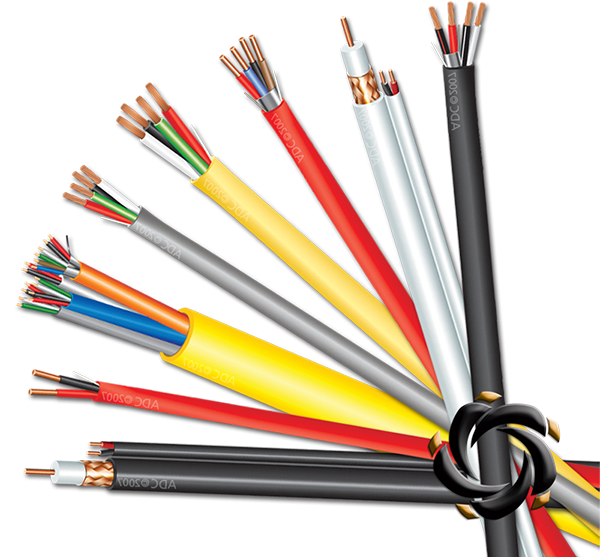The primary method by which the CAT6 F/UTP LAN Cable handles cross-talk is through the use of twisted pairs within the cable. Each of the four wire pairs is twisted at different rates to ensure that the electromagnetic fields created by each pair of wires interfere with each other in a way that cancels out the interference. This twisting significantly reduces the potential for cross-talk between the pairs because it creates a situation where any electromagnetic signals emitted by one pair are effectively counteracted by the opposing signals of the adjacent pairs. The degree and uniformity of the twisting play a vital role in minimizing cross-talk. The tighter and more consistent the twisting, the better the signal integrity and the more effectively the cable reduces cross-talk.
In high-performance networking, one of the most important types of cross-talk to address is near-end crosstalk (NEXT), which occurs when interference affects the signal quality at the transmission end of the cable, where the signal is first injected into the network. CAT6 F/UTP LAN Cable is specifically designed to handle NEXT by employing an optimal balance of wire twisting and the use of an overall foil shield. The foil shield provides additional isolation and reduces the risk of electromagnetic interference from external sources, but the primary control of NEXT comes from the precision and construction of the twisted pairs. By reducing NEXT, CAT6 F/UTP cables maintain high-quality signal transmission, even in high-speed networking applications, which is essential for ensuring that signals remain strong and clear throughout the transmission process.
Cross-talk can significantly degrade the performance of a network, particularly in high-bandwidth environments where large volumes of data are being transferred. As cross-talk increases, the clarity of the signal diminishes, which can lead to data errors, reduced throughput, and slower transmission speeds. In CAT6 F/UTP LAN Cable, the reduction in cross-talk allows for a more stable and clear signal, supporting high data rates up to 10Gbps. This is particularly beneficial in applications such as large file transfers, video conferencing, high-definition video streaming, and gaming, where even small amounts of interference can cause noticeable disruptions. The ability to minimize cross-talk ensures that CAT6 F/UTP cables can maintain the required performance levels for both standard Ethernet (1Gbps) and high-speed networks (10Gbps), enabling efficient, error-free communication across the network.
As the length of the cable increases, the likelihood of signal degradation due to cross-talk and other forms of interference also increases. However, CAT6 F/UTP LAN Cable is designed to handle long-distance transmission effectively, maintaining signal quality even over cable runs up to 100 meters. The cable’s design minimizes the risk of cross-talk even in extended lengths, allowing for reliable performance across long distances. This is particularly important in large-scale networking environments, such as office buildings, data centers, and campus networks, where long cable runs are common. The construction of the twisted pairs and the foil shield work together to reduce any interference that could cause signal degradation over longer distances, ensuring that high-speed data transmission is maintained across the full length of the cable.
Cross-talk can lead to various network issues such as intermittent connectivity, high latency, packet loss, jitter, and overall instability. These issues are especially problematic for real-time applications, such as Voice over IP (VoIP), video conferencing, and cloud-based applications, where a stable and consistent connection is crucial. CAT6 F/UTP LAN Cable addresses this issue by minimizing cross-talk, ensuring that the network remains stable even under heavy data loads. This enhanced reliability makes CAT6 F/UTP cables an excellent choice for environments where data integrity is essential, and any signal degradation could lead to service disruptions or reduced productivity.
















